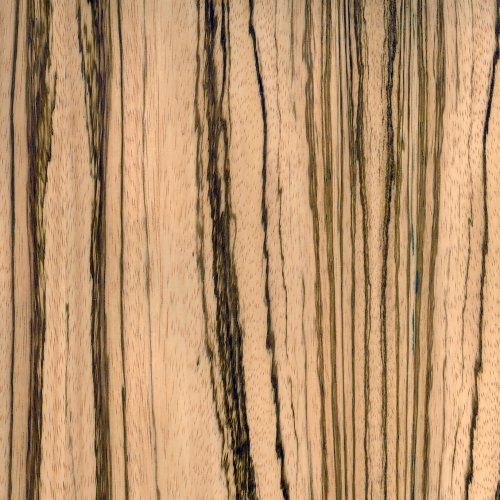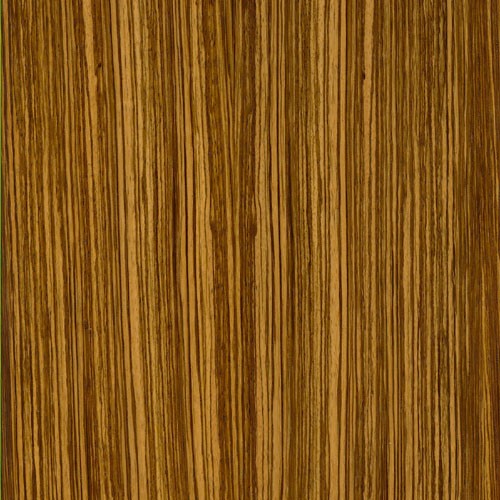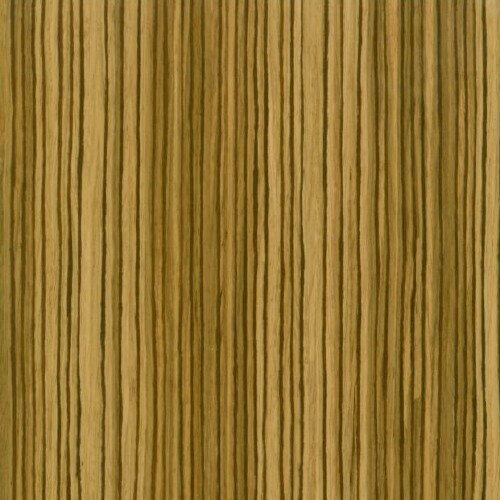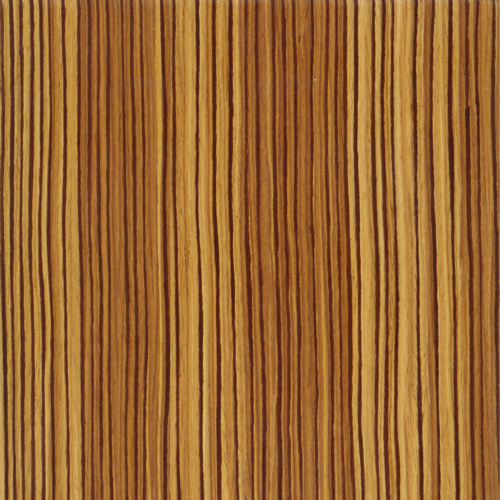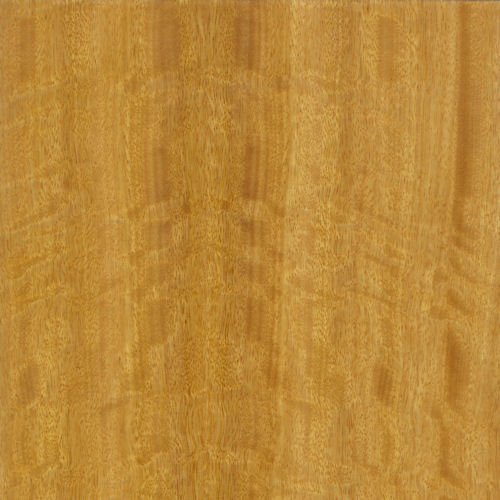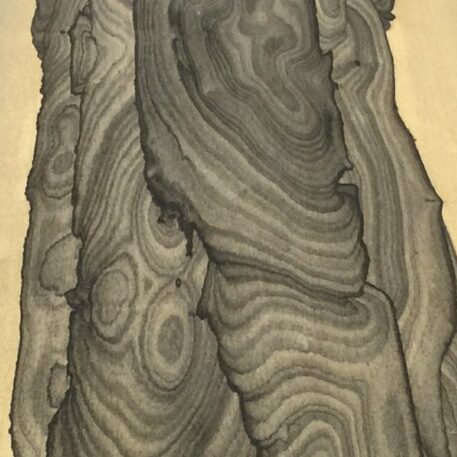Zebrawood
[Microberlinia brazzavillensis]
An impressive tree reaching heights as high as 150 feet, Zebrawood grows natively in rainforests throughout tropical West African nations — notably Cameroon, Gabon, and Congo.
Sometimes referred to as “Zebrano,” “Zingana,” or “Allen Ele,” the dramatic looking wood’s common name is undoubtedly derived from its striking, zebra-like striping. Which is especially prevalent when the material is quartersawn.
An exotic wood, Zebrawood also rates quite high for its hardiness, stiffness, crushing strength, and density characteristics. In fact, it’s tough and durable enough to be used for tool handles and sporting equipment.
But leveraging Zebrawood’s dynamic appearance renders the greatest return. While its heartwood is a yellowish tan to dark brown color – with dark, blackish brown streaks or zebra “stripes” – the clearly demarcated sapwood is a whitish tone. The grain is usually interlocked or wavy, and its texture is medium to coarse with a high luster.
As beautiful as it is bold, Zebrawood commands inspired commentary about your choice for wood veneer sheets, custom plywood, fine furniture, flooring, boatbuilding, guitars, skis, and turned objects.
Species Distribution:
Tropical West Africa
Cameroon
Gabon
Congo
Common / Alternative Names:
Zebrano
Zingana
Allen Ele
Janka Hardness:
1,830 lbf
Sustainability Status:
CITES Appendices: Not listed
IUCN Red List of Threatened Species: Listed as vulnerable due to a population reduction of over 20% in the past three generations, caused by a decline in its natural range. (A closely-related, lesser-used species in Cameroon, Microberlinia bisulcata, is also listed as critically endangered.)


